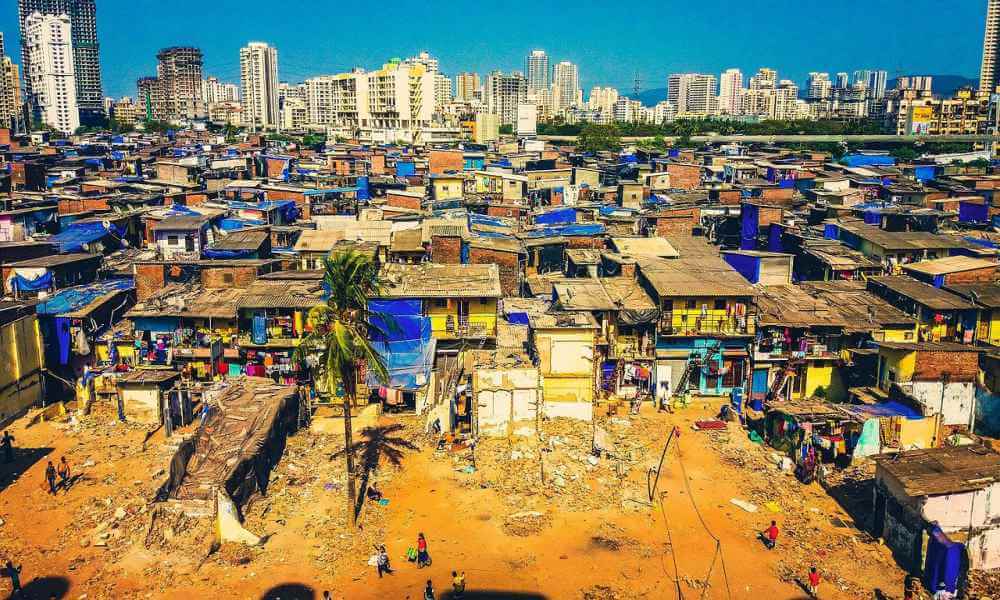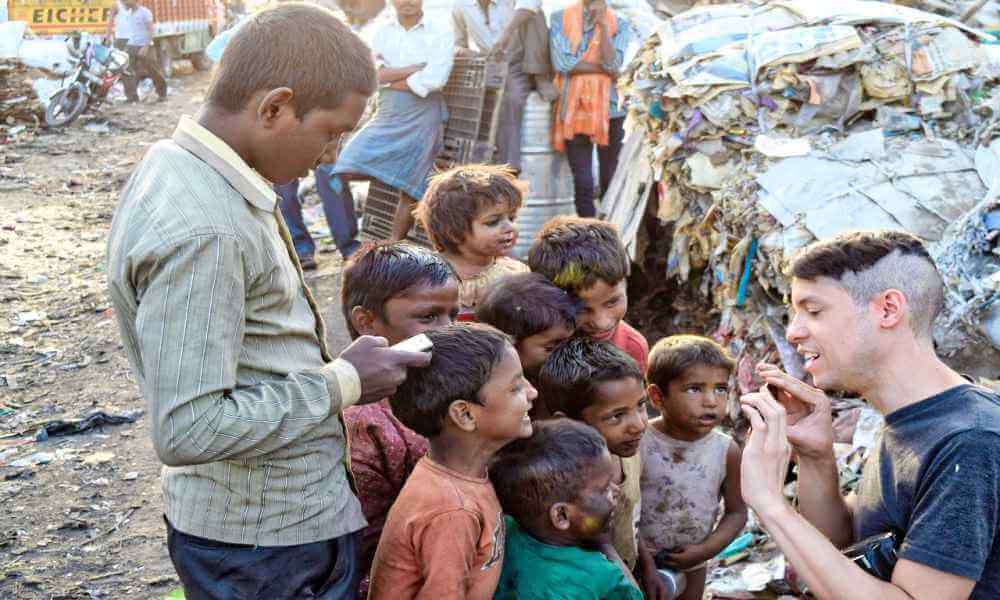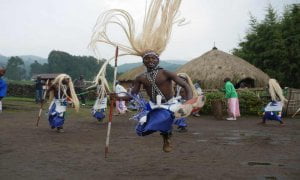Slum tourism or ghetto tourism is a special interest tourism that involves visiting impecunious areas. This is also described as niche tourism fulfilling the need of some special segment of tourists. Earlier this concept was focused on the slums of London and Manhattan till 19th century, but the concept slum tourism is now increasingly prominent in many places, including South
Africa, India, Brazil, Kenya, Indonesia, Detroit, and others. The nomenclature of slum tourism is very vast. It has been denoted as a township, ghetto, a slum, a shantytown, a barrio, a favela and typical improvised place for visitors.

The concept of establishing slums records back to 19th century when the middle and upper class of people heading to the East End of London which was infested with poor class of people and latter they were introduced as slums. This particular term called “slumming” was edited in the Oxford English Dictionary in 1884.
In London people used to visit slum areas such as Whitechapel or Shoreditch to observe the quality of life which the inhabitants were enjoying. By the era of 1880, it became a fashion among wealthier people in New York City to visit the areas of Bowery and the five points which were the prominent places for poor immigrants just to see how they live.
In South Africa in the year 1980, organized tours were conducted by the black residents to the township of white people to educate them in terms of local government. Such tours got popularized and attracted international tourists who wanted to learn more about apartheid. By the end of the decade 1990, the organized tours were started for the most disadvantaged area of the developing and developed countries and later they were called as slums.
Renowned travel companies came forward to promote slum tourism and as an estimate in Cape Town an approx of more than 3 lacs tourist visit every year to view the slums. In India added advantage of slum tourism came in the year 2008 when movie called Slum Dog Millionaire released and Mumbai (Dharavi) became the hub of slum tourism. Mean while some more adventurous travelers attracted towards new destinations like lower east of Manhattan and place of anti-apartheid movement of South Africa.
Now these places have been developed into formalized commercial offering as “Slum Tourism”. In modern times the concept of slum tourism has been turned into a legitimate part of travel industry attracting millions of tourist per year. Tour operators are attracted towards its huge potentiality which it encompasses and as a result special destinations have been identified and marketed by the tour operators.
The major attractions included into the category of slum tourism is the township of Cape Town and Johannesburg, the favela of Rio, the slums of Mumbai, Kolkata, Chennai and Delhi, skid rows of Los Angeles, Detroit, Copenhagen and Berlin.
Nomenclature of Slum Tourism prevailing in the world:
- The distinguished feature of slum tourism is that it is mainly performed in the urban areas of developing and developed countries which different names. Some of the common names similar to slum tourism prevailing in the world is discussed below:
- Township Tourism: This type of tourism was prevailed in South Africa and Namibia. As we know township tourism came into existence because of apartheid and racial segregation. South African settlements are divided into many forms like wealthy, white suburbs and poor, historically black townships and are centre of attractions for many tourists.
- Favela Tourism: Meaning of favela is a shanty town in or near a city. The concept Favela Tourism is available in Brazil. This is also a motive for travellers.
- Slum Tourism: This concept is attached with India and the famous place is Dharavi in Mumbai. The concept get popularized in the year 2008, when a movie called “Slumdog Millionaire” was released.
- Hidden Tours: This type of tourism is availed in Jakarta, Indonesia by the name Batavia Jakarta Tour. This tourism is volunteer in nature because the travel companies involved in promoting hidden tours in Jakarta claim that 50% share goes to the locals in making them educated, empowering and bringing out them from emergency situations. They also urge that those who want to donate generously they can bring pencil boxes, books, soaps, second hand clothes, toys etc. for the kids of the village.
- Social and religious divisions: A combination of political, religious and social differences plus the threat of inter communal tensions and violence has led to widespread self-segregation of the two communities. Catholics and Protestants lead largely separate lives in a situation that some have dubbed self-imposed apartheid. Examples are New York City and Belfast, Northern Ireland in which travellers are visiting the area because of remembering the incidents of the past happenings.
- Ghetto Tourism: The concept of Ghetto as a tourism product was conceived in the year 2005 by Michael Stephens. The Oxford dictionary defines ghettos as a section of a city, especially a thickly populated slum area, inhabited predominantly by members of an ethnic or other minority group, often as a result of social or economic restrictions, pressures, or hardships. Ghetto is also represented with urban tourism and stresses movement to certain destinations made famous by popular artists. Ghetto tourism inculcates all forms of entertainment like music, rap, video games, movies, television and other gadgets that allow travellers to be there in the inner city without leaving home. It gives opportunity to travellers to cross the boundaries based on caste, creed, race and colour and enjoys the life style of others.

Impact of Slum Tourism
When we go through the impact of tourism on slum, we get that in real terms it has much more to offer to the residents. The prime impacts which have been realized by many anthropologists are connectivity. The slums are supposed to be the least developed area of any country and are less focused by the government in terms of amenities. Connectivity is the core area which can be emphasized by the tourism.
Tourist visiting urban areas are considered as a no go zone because such places are suffering from deficiencies in comparison to the rest of the cities and the significance of such places lies in terms of its value, ethos and existence. The connectivity of two different cultures in terms of economic growth and opportunity for setting up of new venture can be analyzed as a positive impact. The case comes from Rio where tourist inflow was welcommed for the betterment of the locals, facilitating cross class encounters to a new extent.

In first instance such areas need to be ignored because very often it is informed to the visitors that there does not exist any such place, it is not a part of the city, do not go there as place is not safe and rumors goes like this. It is the tourism who can come forward to help in making connections.
The brighter aspect of promoting slum tourism is that these tours provide employment opportunities and source of income for travel companies and tour guides, an opportunity for craft makers to sell their artifacts, and thus retaining the profit and reinvesting the money to be circulated in their own community and in the last well to do tourist may motivate to donate generously for the upliftment of the residents of slums.




